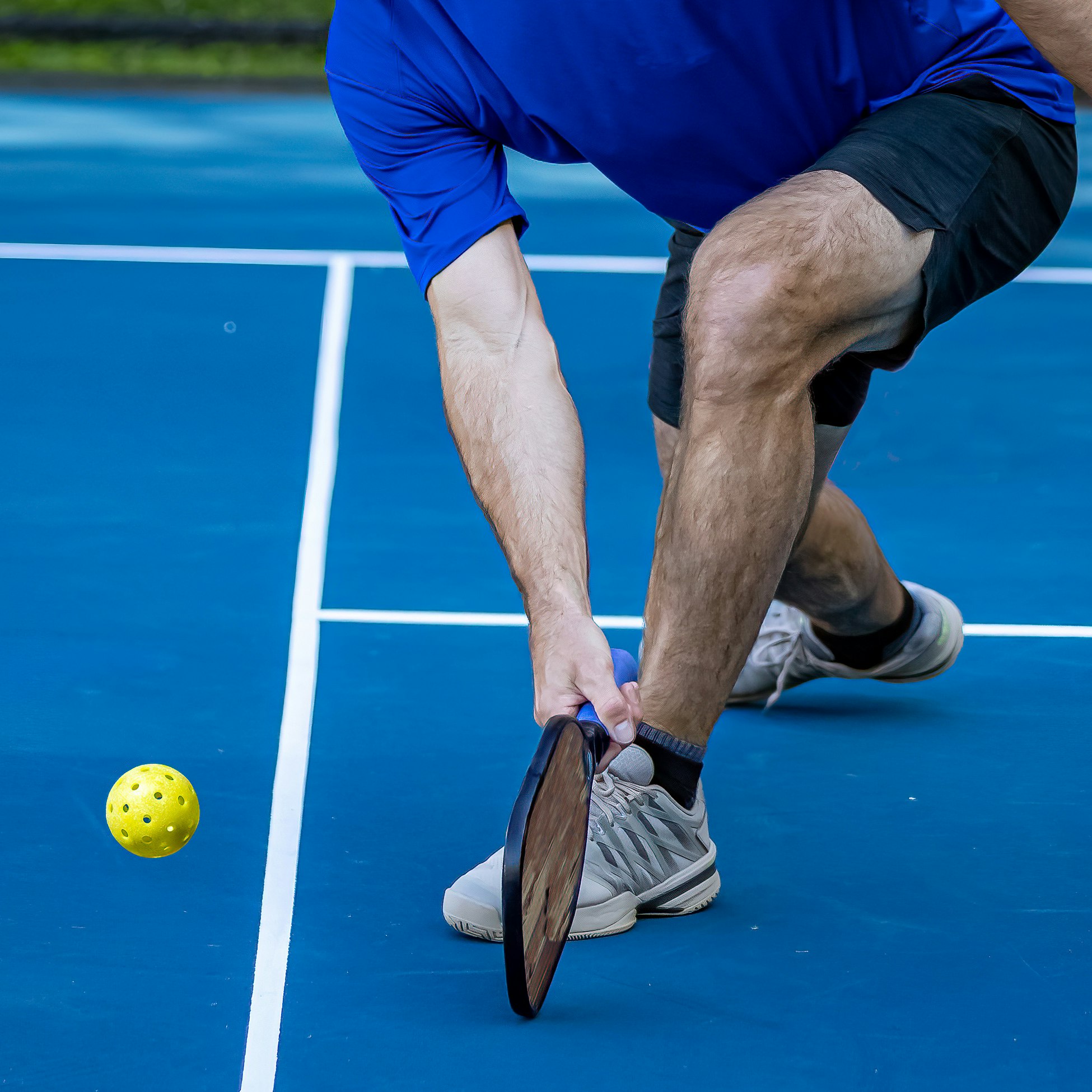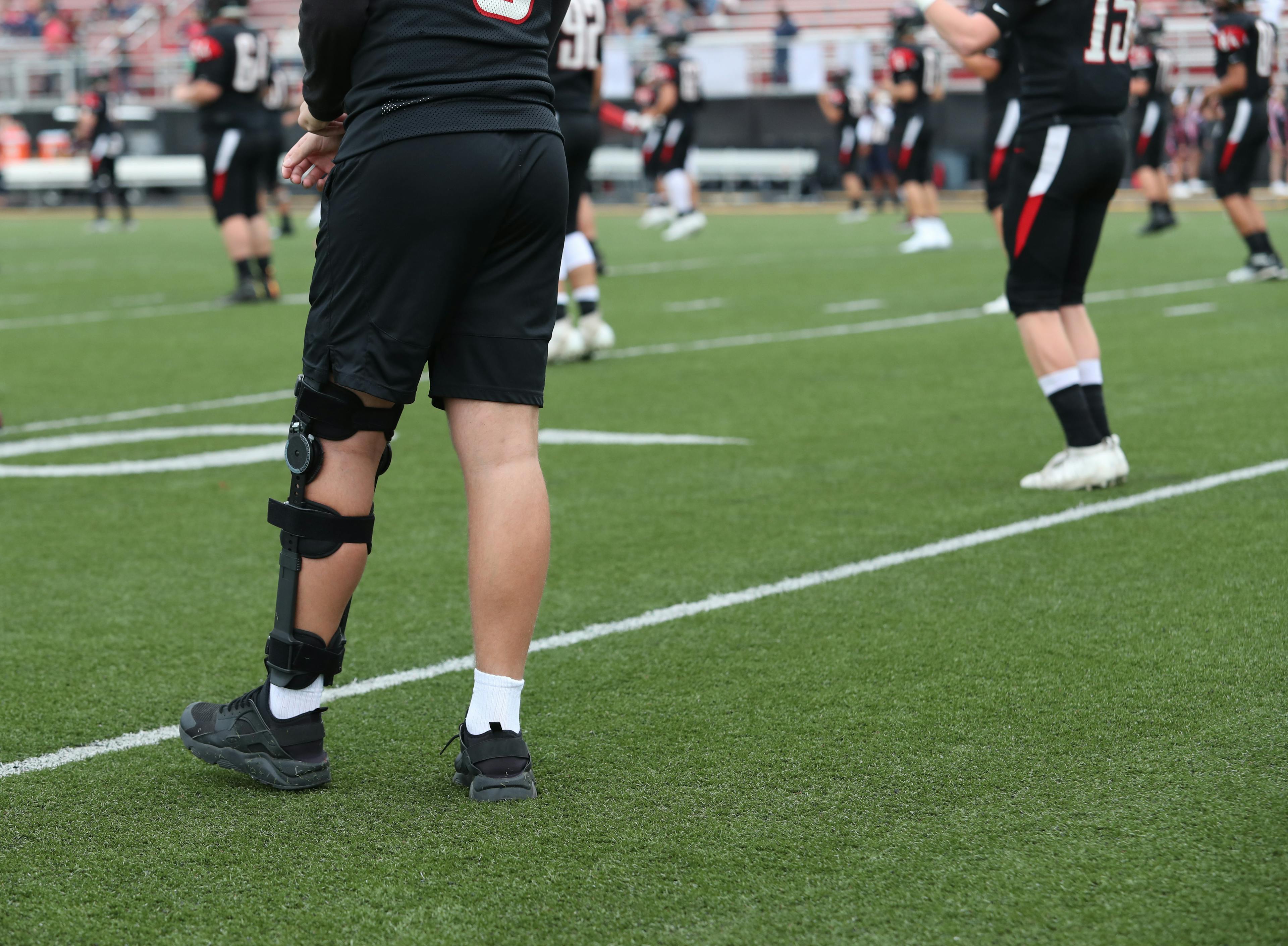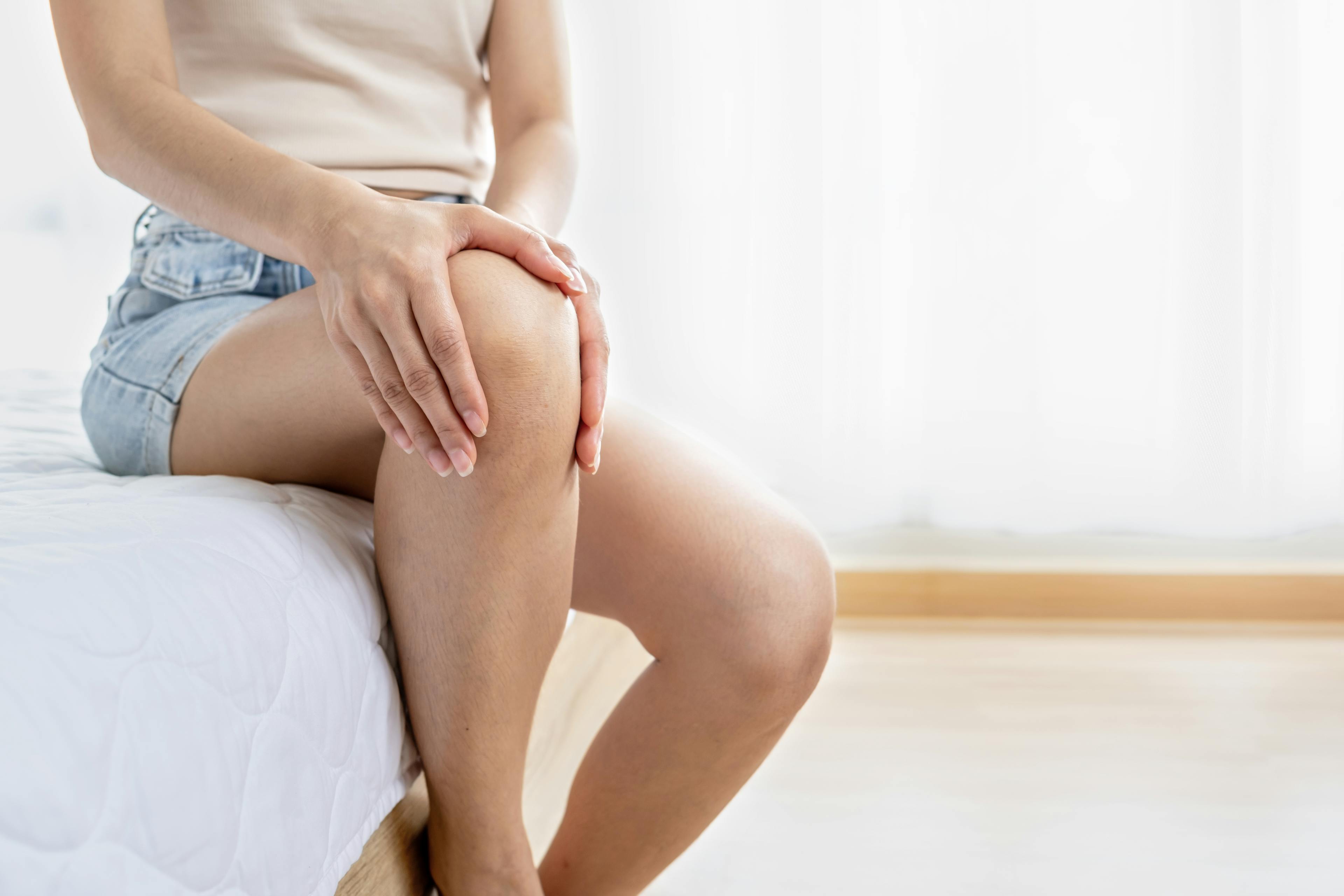Pickleball continues to grow across Greater Houston, especially in Webster, Clear Lake, League City, and Sugar Land. As more players hit the courts—many several times per week—CLS Health orthopedic specialists are seeing a sharp rise in preventable injuries.
Whether you’re new to the game or returning after time away, understanding the most common risks can help you stay healthy and active.
Why Pickleball Injuries Are Increasing
Pickleball participation has doubled nationwide, and Houston mirrors that trend with new courts opening across the region. Injuries are climbing because:
- Older adults are the fastest-growing player group
Many return to the court with arthritis, reduced flexibility, or lower muscle strength, which increases injury risk. - Pickleball requires quick, demanding movements.
Rapid pivots, lunges, overhead swings, and lateral steps place significant stress on joints and tendons. - Year-round Houston play adds to overuse and fatigue.
Heat and humidity accelerate dehydration and slow reaction time, making injuries more likely.
“We’ve seen a significant increase in shoulder, knee, and hip injuries tied directly to pickleball,” says Dr. Kenneth Brooks, MD, orthopedic surgeon and sports medicine specialist with CLS Health. “Most are preventable, but many players overload joints that already show wear and tear.”
Most Common Pickleball Injuries
Pickleball may look low-impact, but it places heavy demands on the body—especially for adults over 50.
1. Shoulder Injuries
Repetitive overhead serves, volleys, and quick reach shots place significant stress on the shoulder—especially in players with underlying weakness or early arthritis. These movements can lead to:
- Rotator cuff strains or tears
- Shoulder impingement
- Labral tears
Seek care if: pain worsens at night, lifting your arm becomes difficult, or you feel catching/popping.
2. Knee Injuries
Quick pivots, sudden stops, and sharp directional changes put heavy stress on the knee joint. These movements frequently cause:
- Meniscus tears
- Patellofemoral pain
- MCL sprains
- ACL injuries
If swelling lasts more than 72 hours, or you notice locking, catching, or a knee that feels unstable, it’s time to get it checked.
3. Hip Injuries
Lunging toward the kitchen line and the quick side-to-side footwork of pickleball place significant strain on the muscles and tendons around the hip. These movements often trigger:
- Hip flexor or groin strains
- Gluteal tendinopathy
- Hip impingement or labral tears
4. Foot & Ankle Injuries
Quick starts, sudden stops, and constant side-to-side movement make the feet and ankles especially vulnerable in pickleball—particularly for adults returning to activity or playing on hard surfaces. Common issues include:
- Ankle sprains
- Achilles tendinitis or tears
- Plantar fasciitis
Running shoes lack lateral support—court shoes reduce ankle and knee injuries.
5. Wrist, Hand & Elbow Injuries
Falls are one of the most common causes of wrist and forearm fractures in pickleball—especially when players instinctively reach out to catch themselves. In addition to fractures, players may develop:
- TFCC (wrist cartilage) injuries
- Finger sprains
- “Pickleball elbow” (lateral epicondylitis)
Why Seniors Are More Vulnerable
Adults over 55 are more likely to experience:
- Reduced balance and slower reaction time
- Thinner cartilage and age-related joint wear
- Slower healing and recovery time
- Lower overall fitness when starting or returning to play
Even mild symptoms in older adults deserve earlier evaluation to prevent small issues from progressing into tears or fractures.
Why These Injuries Happen — and How to Prevent Them
Most pickleball injuries can be prevented with the right preparation.
Top 5 Injury Triggers
- Inadequate warm-up
- Weak stabilizer muscles around the shoulders, hips, and core
- Improper footwear
- Overuse from playing multiple days in a row
- Heat, dehydration, and cardiovascular strain
Simple Prevention Steps
- Dynamic warm-up: 5–10 minutes before every match
- Strength training: shoulders (especially the rotator cuff), glutes, quadriceps, and core
- Balance exercises: especially for older adults
- Proper shoes: choose court shoes, not running shoes
- Hydration and pacing: avoid intense back-to-back play days
Seniors or adults with heart risk factors may benefit from a preventive cardiology evaluation before increasing activity.
When to See a Specialist
Schedule an orthopedic or sports medicine visit if you notice:
- Pain that sticks around for more than 48 hours
- Swelling, locking, or a joint that feels unstable
- A sudden “pop” followed by weakness
- Trouble walking, lifting your arm, or moving normally
- Pain or stiffness that keeps coming back when you try to play again
How CLS Health Treats Pickleball Injuries
At our Webster and Sugar Land clinics, we offer a full range of treatments to help you recover and get back on the court, including:
- Repair of rotator cuff, labral, and meniscus injuries
- Evaluation and treatment for ligament and tendon problems
- PRP and other Ortho biologic injections to support healing
- Shockwave therapy for stubborn pain or overuse injuries
- Minimally invasive arthroscopy when surgery is needed
- Physical therapy programs tailored specifically to pickleball movements
We also coordinate with hand and wrist surgeons, foot and ankle experts, PM&R, cardiology, and endocrinology (bone density).
How Soon Can I Return to Pickleball?
Your timeline depends on the type and severity of the injury:
- Mild sprains and strains: 1–3 weeks
- Moderate sprains and strains (pain with a small pop or swelling): 4–8 weeks
- Significant injuries or tears requiring surgery: several months with rehabilitation
- Older adults: may need a little extra time due to age-related tissue changes
Working with a physical therapist can help you heal properly and return to the court safely and confidently.
Schedule an Orthopedic or Sports Medicine Visit
Don’t let pickleball pain limit your mobility or keep you out of the game. CLS Health offers same-week orthopedic appointments in Webster and Sugar Land for fast evaluation and treatment.
Schedule your visit today and get back on the court sooner.
Frequently Asked Questions
Shoulder and rotator cuff strains, meniscus tears, hip strains, ankle sprains, and wrist fractures.
More players, especially older adults, plus quick movement demands and year-round Houston play.
Warm-up, strength and balance work, proper footwear, and early evaluation of new pain.
Pickleball has a higher fall rate, especially in older adults, though overall speeds are lower.
Seniors or adults with cardiac risk factors may benefit from a preventive heart evaluation.





